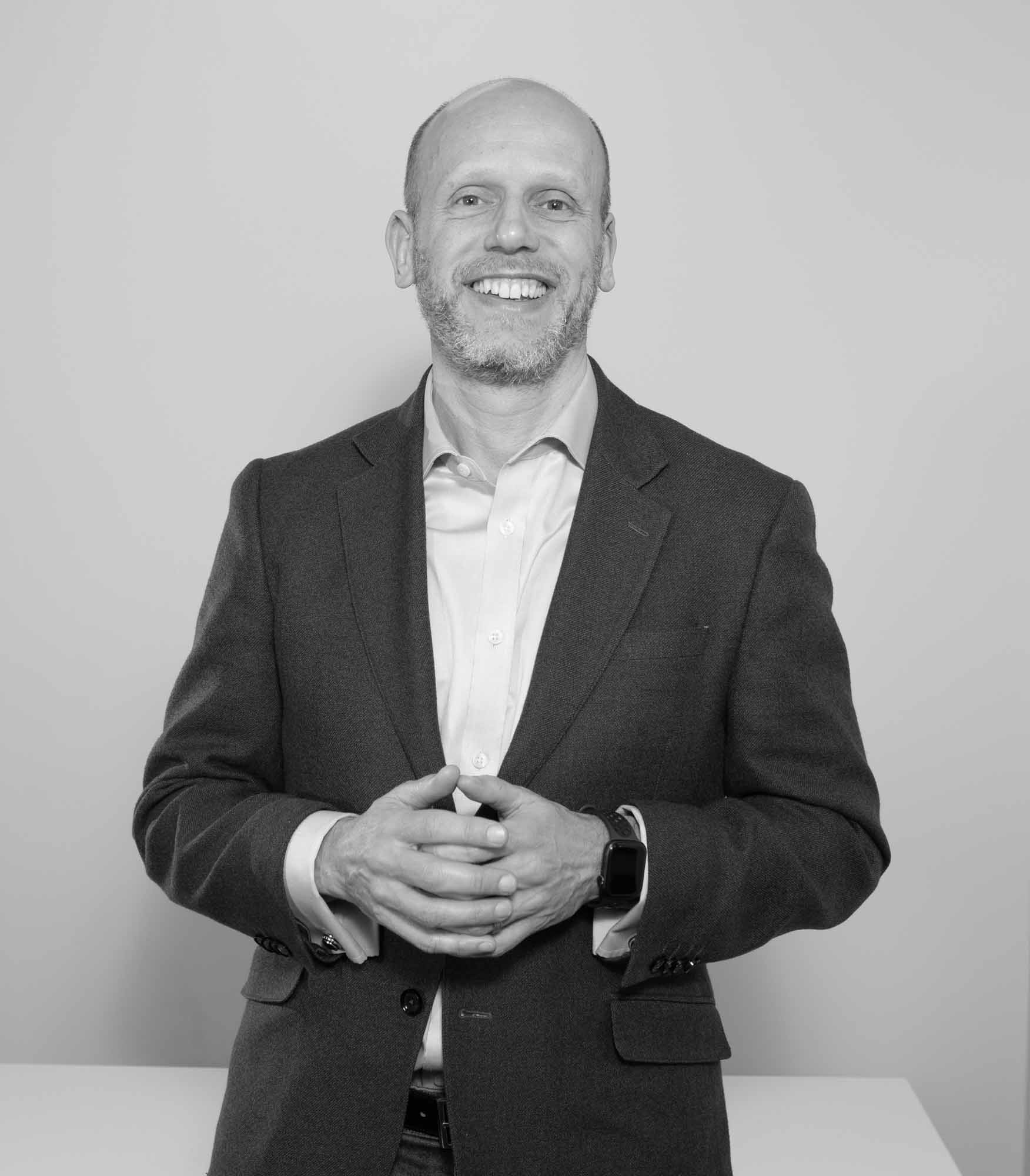Funds Europe talks to Calastone’s Brian Godins about how firms can deliver long-term value through technology change.
Next year marks the centenary of the mutual fund. Introduced in the US by MFS Investment Management in 1924 as a way for investors to pool their money in search of higher returns, not much has changed in the intervening 99 years.
While innovation has been evident in other parts of the financial services industry, in terms of new asset classes, banking and trading, the biggest product development in the funds industry has arguably been the introduction of the ETF.
However, this is set to change with the advent of tokenisation – a technology-led development that could have a seismic impact on the funds market and its various participants, says Brian Godins, chief commercial officer at funds network Calastone.
The challenge for those participants is twofold – from a strategic perspective, they must work out how they can remain relevant in a fund market that could see an unprecedented level of change and role evolution.. And from an operational perspective, how do they make the necessary changes to their infrastructure to support tokenised funds without breaking their investment budgets?
This all comes at a time when participants in the funds industry – distributors, asset servicers and asset managers – face some common challenges, says Godins. “They are all under revenue pressure, cost pressure and margin pressure. And they all face the same conundrum – how do you keep your operating costs down whilst driving revenue growth? How do you create this growth without investing a lot of money to drive future profitability?”
This conundrum has led firms to pursue a strategy of ‘zero cost operations’ where there is a desire and expectation to invest more heavily in technology than people, says Godins. However, it has proved exceptionally difficult to separate the two. “You need to invest in both before you yield the benefits of technology and remove the people dependency.”
It is a problem that has dogged the investment industry for decades. For example, efforts to introduce automation have been a partial success in that costly, manual processes still persist. A global survey of the state of automation carried out by Calastone found that, despite all the advancements in automation, the fax is still widely prevalent – 60% of firms still have a fax machine for processing parts of the funds transaction chain, just as they did 30 years ago. Yes, there are now digital fax machines, but there is still manual intervention involved.
As Godins says, the three-letter acronym STP has consequently been interpreted as meaning ‘straight to printer’ rather than ‘straight through processing’.
To add a further challenge, firms face another conundrum – how to achieve short-term tactical wins without affecting the long-term strategy of reducing overall costs and rationalising systems. “It is about finding a balance. Firms may have a three year roadmap for their operations, but very often, it is only a three-month plan because of quarterly reporting and the scrutiny of various stakeholders. This has led to a ‘tactegic’ approach where firms identify short-term tactical wins that drive instant gratification with the challenge of ensuring that those wins align with the longer-term strategy. It is easier said than done,” says Godins.
This development can be seen in how firms have dealt with the problem of legacy technology, says Godins. “Previously, firms would undergo big, wholesale replacement projects where entire back-office systems would be lifted out or one monolithic, legacy system would be replaced by another. Generally, these projects would underwhelm and underdeliver.
But, thanks to the advent of a technology-led revolution and a more expressive and agile way of thinking, the approach to systems evolution has changed, says Godins. “Technology makes it possible to insulate rather than replace legacy systems. Smart solutions, including the development of microservices and use of APIs, allow firms to focus on revenue-generating outcomes over shorter periods of time and with more immediate positive experiences for the clients.”
Calastone has been helping firms to solve their connectivity issues and reduce their frictional costs ever since its inception. The company has sought to capitalise on the industry’s relative lack of standards and much varied operational landscape by automating every step of the trading process for funds and removing firms’ needs to make changes to their own infrastructure.
“At Calastone, we thrive on the fact that there is a plethora of bespoke processes, message formats and market nuances,” says Godins. “We have that integration quality that can take away the pain for firms. We are a key ingredient embedded in a firm’s infrastructure, from order routing through mutual fund event and lifecycle management, enhancing operating effectiveness and efficiency. It is a community and an ecosystem we are proud of.”
This community has proved to be a critical benefit for the current revolution facing the funds industry – the introduction of distributed ledger technology (DLT) and the tokenisation of funds. Calastone has been a forerunner in this development, working with the technology for many years and learning about its applicability in asset management.
Four years ago, the company launched its Distributed Market Infrastructure (DMI), with DLT underpinning its core technology stack. Now Calastone has announced a tokenisation project in Singapore involving the Monetary Authority of Singapore and global asset manager Schroders. “We have been ahead of the game in terms of DLT, both in terms of our thinking and usage of technology to drive genuine business opportunities and growth for our clients” says Godins.
“Our core objective is to manufacture and distribute tokenised funds through our DMI. We are tokenising the underlying assets within a fund, meaning that the entire investment process is digital. It is a complete model for creating tokenised investment vehicles. It also changes the end-to-end funds processing proposition by removing the need for data validation or reconciliation and drastically reducing fund administration tasks. It will take a huge swathe of cost out of the funds process.”
This will not happen overnight, though, warns Godins. While he hopes that the industry will quickly recognise the benefits of tokenisation, the traditional mutual fund will also be here for some years to come. “So firms can’t just ditch their current set-up. There needs to be the supporting infrastructure for both traditional and digital funds,” says Godins.
Consequently, Calastone continues to cater for both traditional and tokenised funds and connecting to the front-ends of a more diverse investor base. “Our goal is to help clients on their tokenisation journey. If they don’t have the infrastructure, we can give them scalability, and we can give them connectivity and continued access to the same network they have benefited from over the years. We have adopted a co-create model where it is a true partnership where you can listen to and learn from each other.”
First published in Funds Europe July 2023: https://www.funds-europe.com/industry-comment/tactics-versus-strategy











